The best monitor for Mac mini 2025: top Mac monitors for all budgets
Our picks of the best monitors for the Mac mini range from budget bargains to ultrawide screens and 5K marvels

Andy Sansom
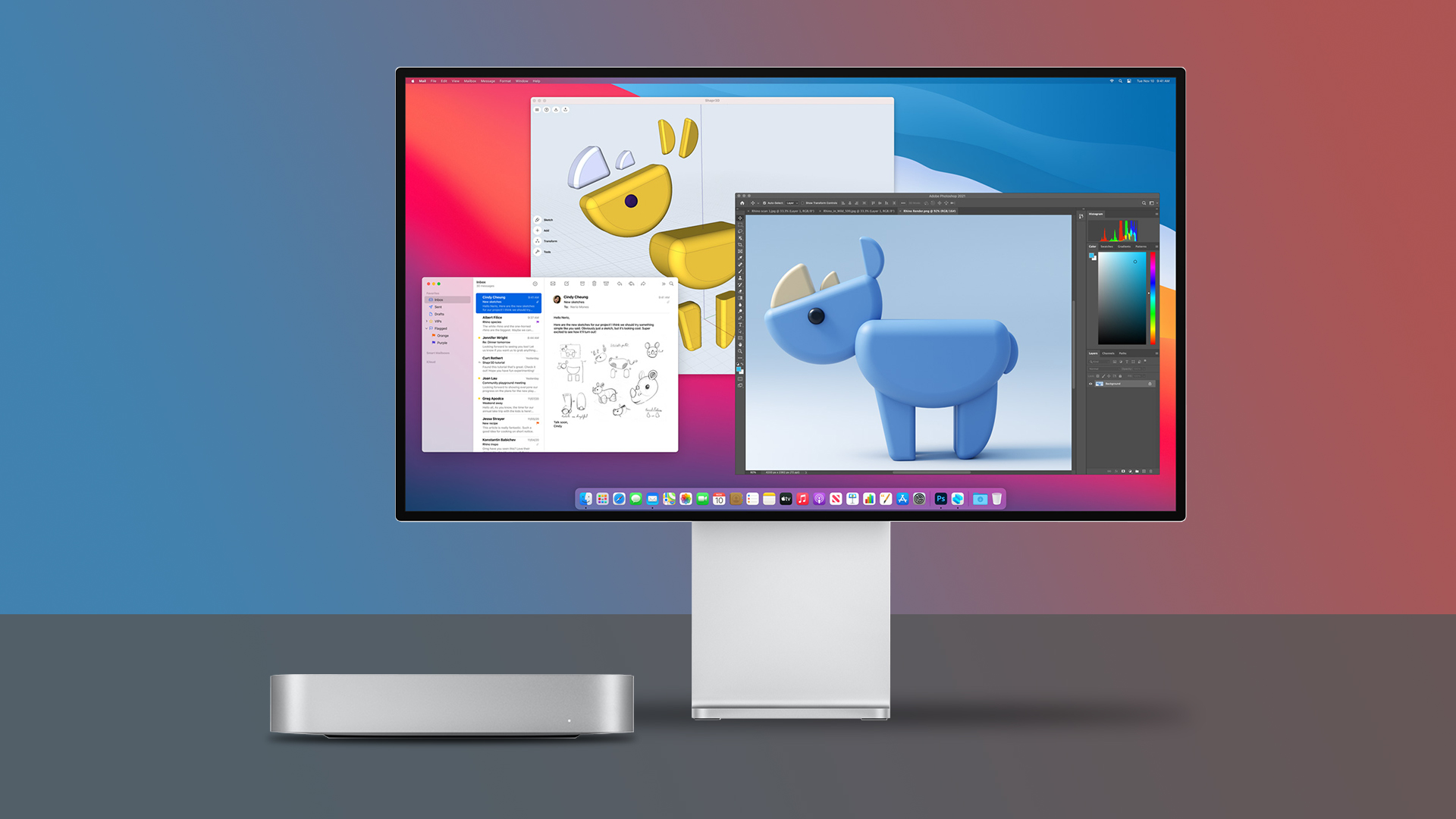
Having one of the best monitors for your Mac mini is essential if you own one of these affordable, compact Apple computers – or if you're planning to buy one. All of our picks are just like the computer itself: high-quality with a premium finish that offers excellent value for money.
As well as its small size, the Mac mini is Apple’s most affordable offering, and since it moved to Apple silicon it’s become even better value for money. But don't let its size or pricetag fool you, with an Apple M1 or M2 processor inside, it’s still blisteringly fast and exceptionally powerful.
But to keep the price down, Apple doesn’t give you a keyboard or a mouse, and it doesn’t include a screen either. And that’s where this guide comes in: whether you want one of the best 4K monitors or one of the best curved monitors, we’ve found the best Mac mini monitors for every kind of user. Because although the Mac is mini, your monitor doesn't have to be.
The latest Mac mini comes with twin Thunderbolt / USB-C ports as well as an HDMI 2.0 port, which gives you lots of options for displays. In fact, it means that many of the best monitors for MacBook Pro laptops will be a good choice for your Mac mini as well. After all, at heart, it’s largely the same computer in a different form. But whereas a USB-C connection is a major priority in monitors for MacBook Pro, you can connect to the Mac mini easily in more traditional ways, opening up some great budget options such as these...
T3's Top 3

Best for most people
We think the best monitor for the Mac mini for most people is the BenQ PD2700U: it's a great size for working on, it brings with it a sharp and clear resolution, and the colour reproduction is top notch too. An ideal balance of price to performance.
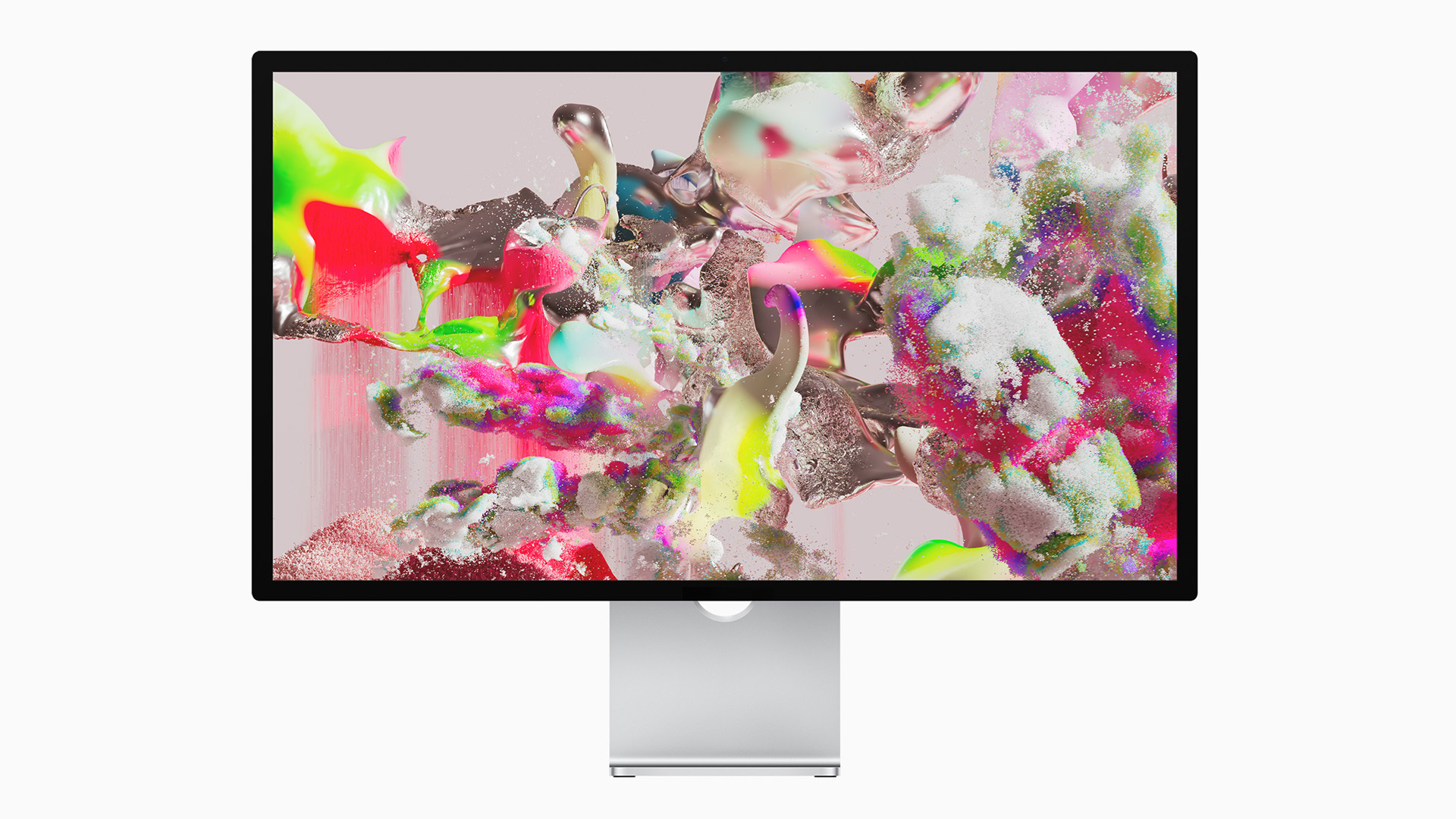
Best premium option
As for the best monitor for the Mac mini for creatives, that's the Apple Studio Display. The brand's own monitor might only be 60Hz, but its 5K resolution is amazing for editing and the whole monitor looks so elegant too. It's a great premium choice if you've got the cash.

Best budget option
If you're trying to save some money, the best budget monitor for the Mac mini is the Viewsonic VP2458. As well as the affordable price which earns it the best budget label, there are plenty of connectivity options plus a vibrant picture overall.
The best monitors for Mac Mini 2025
Best for most people

1. BenQ PD2700U
Specifications
Reasons to buy
Reasons to avoid
A 27-inch, 4K monitor with an IPS panel for an affordable price? You bet. Although it's targeted at designers – there are dedicated modes for computer aided design (CAD) apps – the BenQ is an excellent option for every kind of user.
It has wide viewing angles, excellent colour reproduction, a fast response time, HDR10 (though Macs don't current support this) and DualView, which can show apps in two different modes on a single display.
This gives you a high-quality screen with pin-sharp images that will last you for years. It's a shame there's no USB-C connectivity, but your Mac mini will make do just fine with the other ports.
Best premium
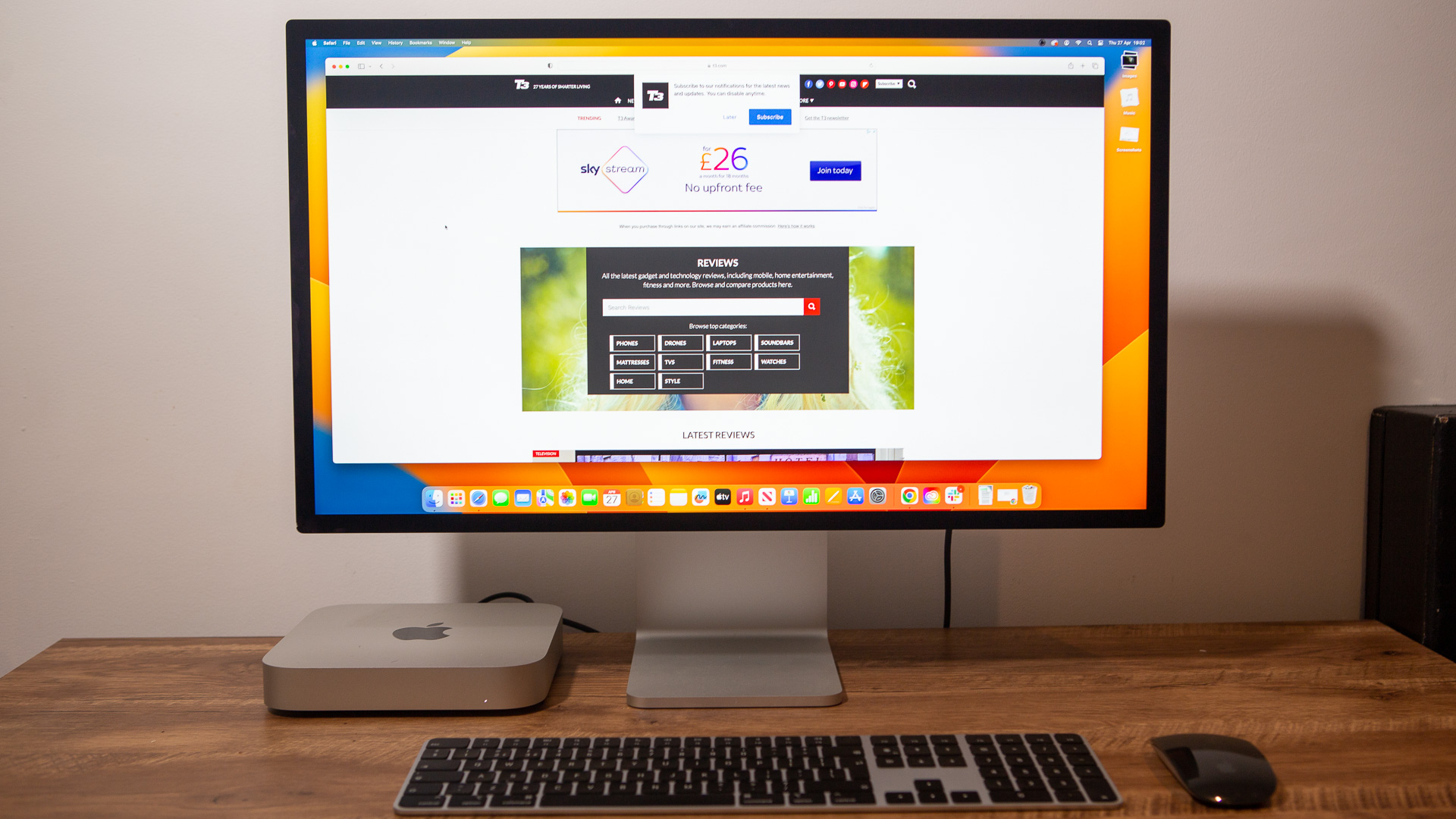
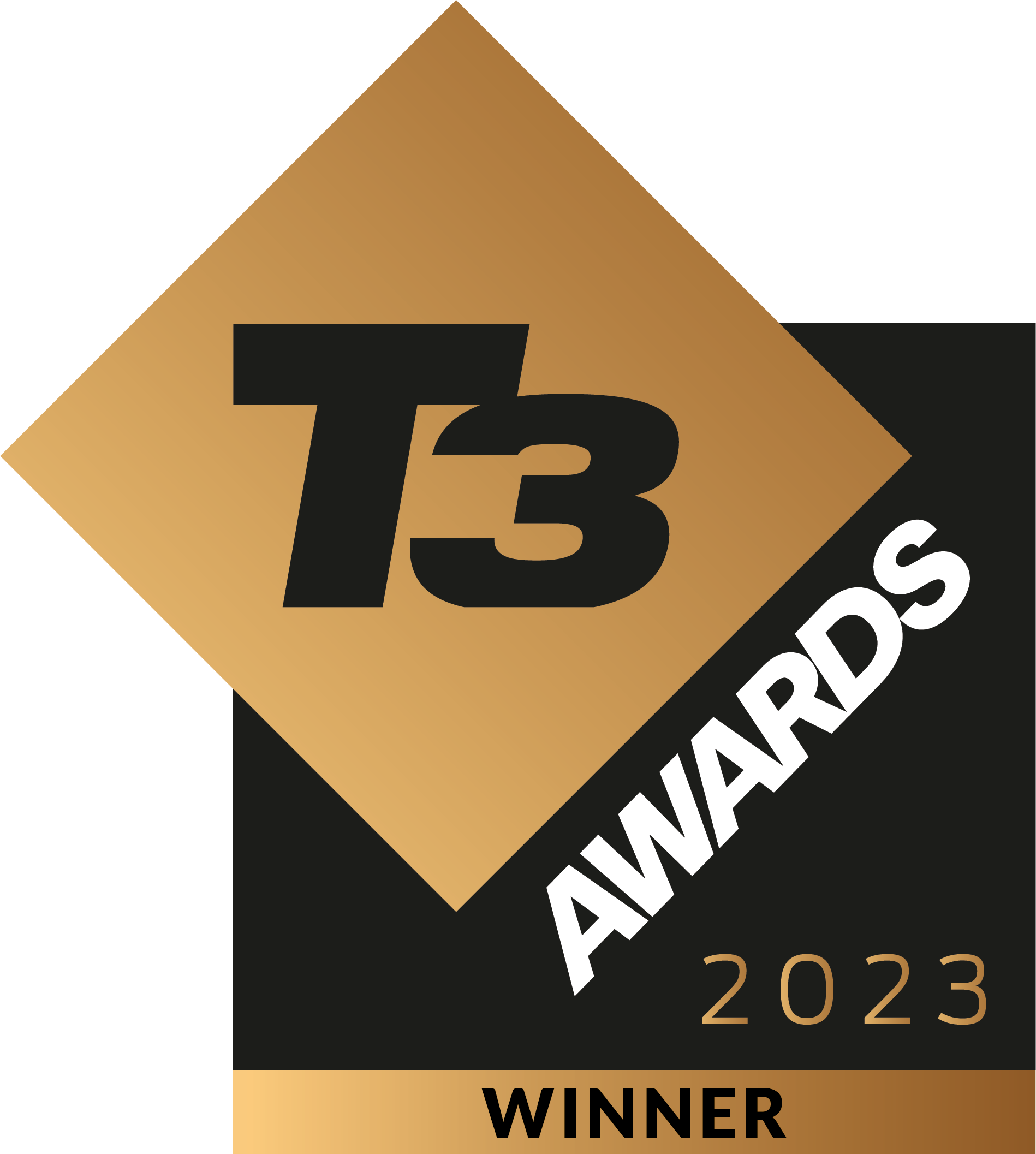
Specifications
Reasons to buy
Reasons to avoid
Isn't it a thing of beauty? Apple's own Studio Display is an undeniable looker, complete with 5K resolution Retina Display that's sensational. Its only downside is that it's 60Hz max, there's no faster refresh rate. But as the best monitor for Apple users who want to have a fancy output from their Mac Mini, the brand tie-in makes it an obvious pick.
The design will look at home in any Mac setup, so it's a perfect match, plus there are four USB-C ports to the rear, one of which is Thunderbolt and capable of 96W charging – so you can easily charge your extras or even one of the best MacBooks through it.
As we said in our Apple Studio Display review: "far more than just a monitor, this stunning 5K display with a 12MP webcam, 6-speaker surround and a Thunderbolt port ... is a great choice for MacBook Pro users". It costs a fair bit too, of course, so that's something to consider.
Best budget

3. Viewsonic VP2458
Specifications
Reasons to buy
Reasons to avoid
ViewSonic has been making good quality monitors since forever, and its models are a particularly good choice when you're buying on a budget. This is a lot of monitor for your money, with a good quality Full HD display and surprisingly strong colour reproduction.
The main weakness of this monitor is that it isn't as bright as its more expensive rivals, which shouldn't be a deal-breaker for everyday work as long as you don't have to deal with lots reflections at your desk, but might mean it's less than ideal for video editing or photo editing.
That said, for the vast majority of tasks this is a really good monitor for a really good price – certainly for most web and document work, it's perfect. You'll have no issues hooking your Mac mini up to it and it's versatile to adapt to whatever's needed.
Best hp monitor

Specifications
Reasons to buy
Reasons to avoid
Everything you would expect from a device made by HP is true of the HP Z27k G3: it's well built, it has a premium feel, it's reliable, and it comes with some well thought out extra features. In this case those extra features include a USB hub made up of four USB Type-A 3.2 Gen 1 ports, pretty handy when the Mac Mini only has two Type-A ports itself.
As for the screen, the 27-inch 4K panel is a dream to use and gets everything from movies to spreadsheets looking great. Whatever you're up to on your Mac mini it will shine on the HP Z27k G3, and with HDMI, DisplayPort and USB-C around the back you even get a choice of ways to connect it up.
That flexibility extends to the positioning of the monitor as well, because it can rotate, swivel and tilt – you can even use it in portrait mode if you want, and the height is adjustable too. An all-round impressive package for sure, and one that's not going to cost you too much.
Best for creatives
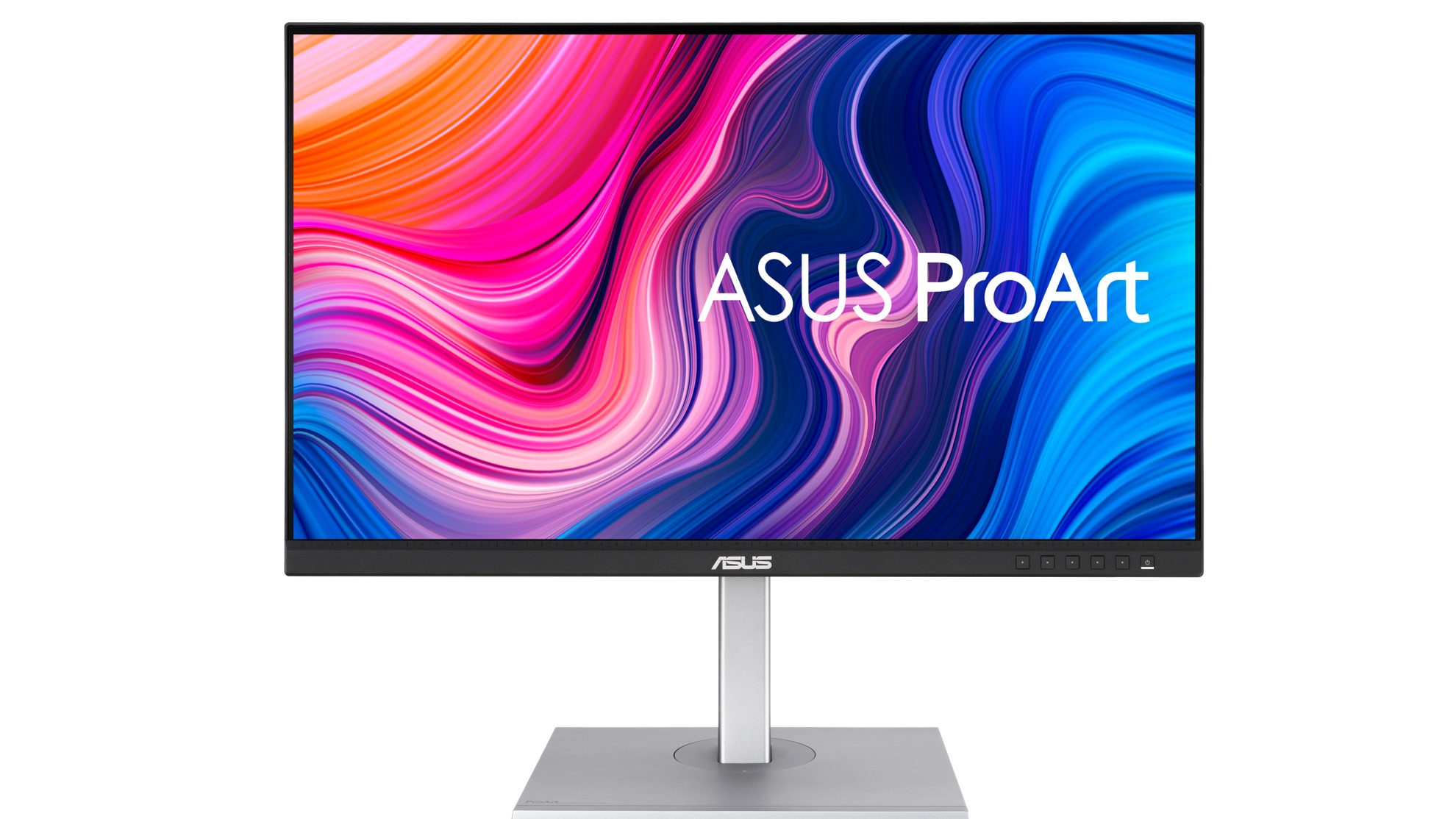
5. Asus ProArt PA278CV
Specifications
Reasons to buy
Reasons to avoid
It's hard to fault the ProArt PA278CV: for a reasonable price, you're getting a QHD display on a 27-inch IPS with good viewing angles, perfect sRGB colour reproduction and good Adobe RGB coverage too. It's a very low price for a large, video- and photo-friendly display, and we think it's particularly well suited to content creators and editors who need a high quality, accurate display but don't want to spend a fortune.
The downsides? The contrast ratio isn't brilliant and there's no HDR support, so this isn't one for kicking back with your favourite gloomy movies. But it's an excellent all-rounder for anyone who does photos, videos or design, with wide viewing angles, good colour reproduction and the ability to act as a USB hub to make your Mac talk to more devices.
There's also adaptive sync for gaming, if you want to connect a gaming machine – although we're talking about Mac mini usage here. If this model doesn't quite grab you, there are others in the Asus ProArt range.
Best home working
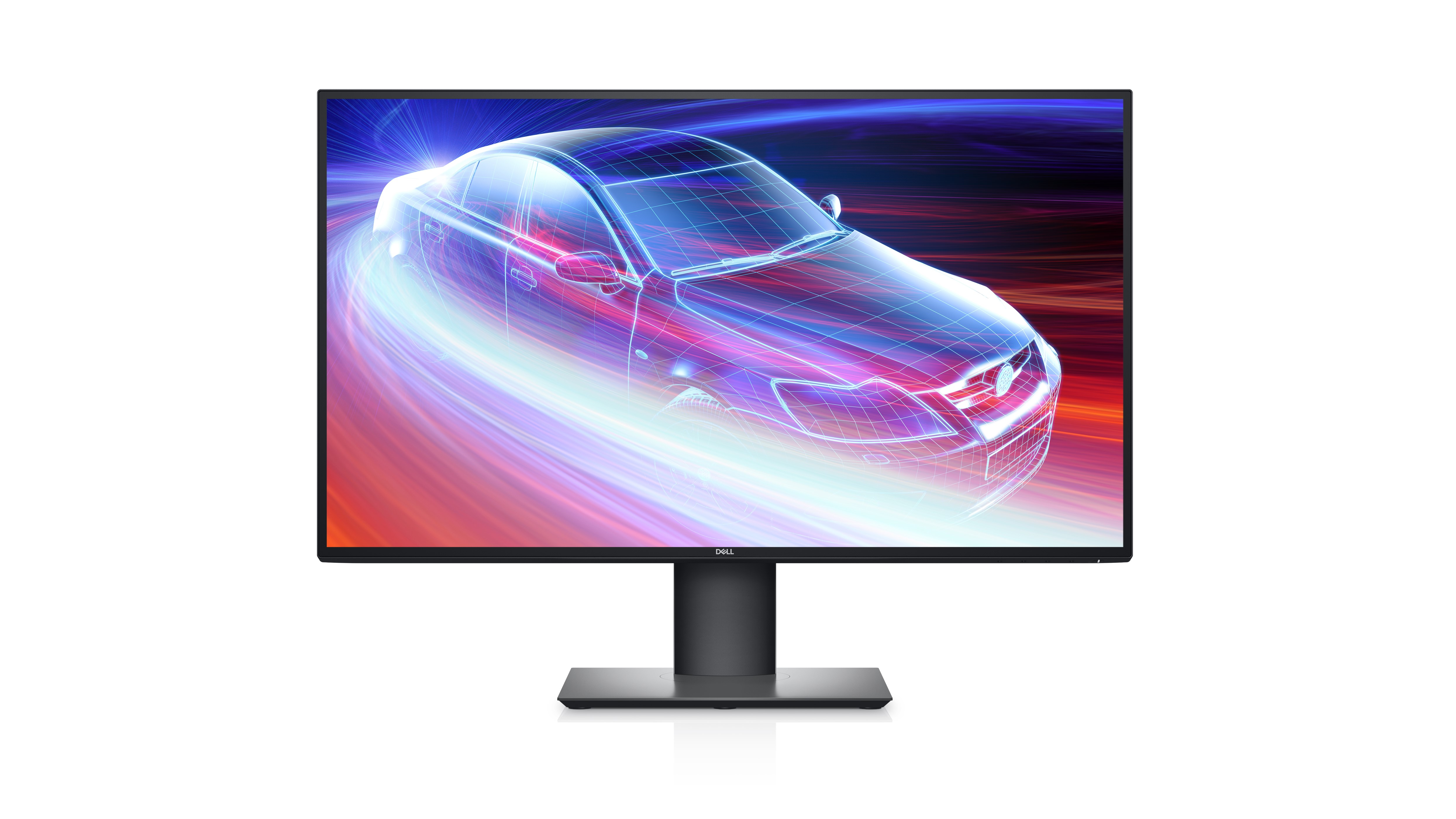
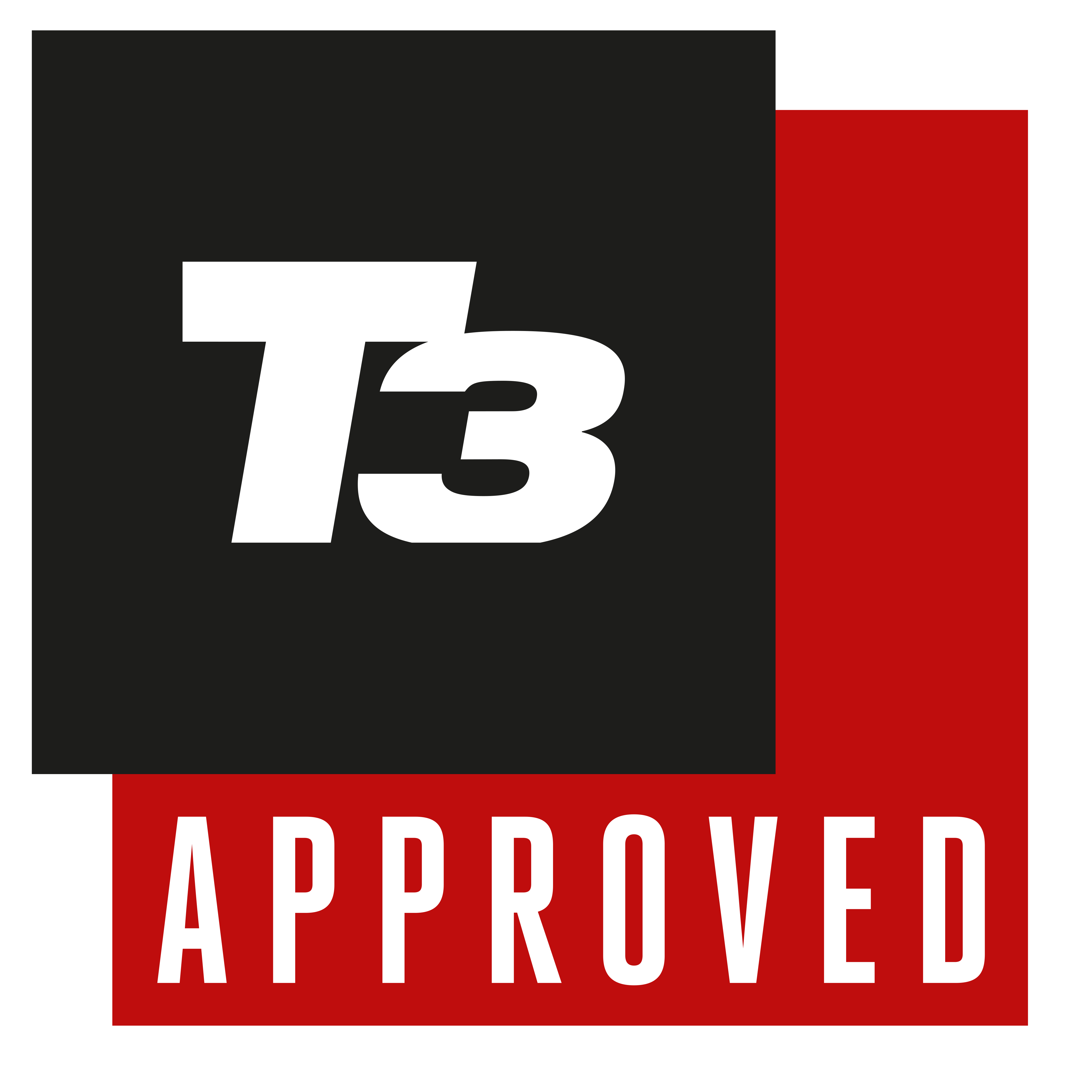
6. Dell UltraSharp U2720Q
Specifications
Reasons to buy
Reasons to avoid
Dell's monitors won't make you gasp with their outré designs: these are business displays and focus on picture quality and performance rather than gimmicks or unusual designs. However, for our money that's what matters most.
The panel here is an excellent 4K IPS display which delivers a pin-sharp picture and superb colour reproduction, and we can attest that it's a really great canvas for apps such as Logic Pro X or anything else where you need to fit lots of things on screen at once.
The Dell also doubles as a USB hub, enabling you to connect multiple peripherals if you connect it via USB-C, and you can pivot and tilt the display to suit the project or app you're working in. If you need the connectivity that the BenQ at the top doesn't offer, this is absolutely the option to get.
Best philips monitor
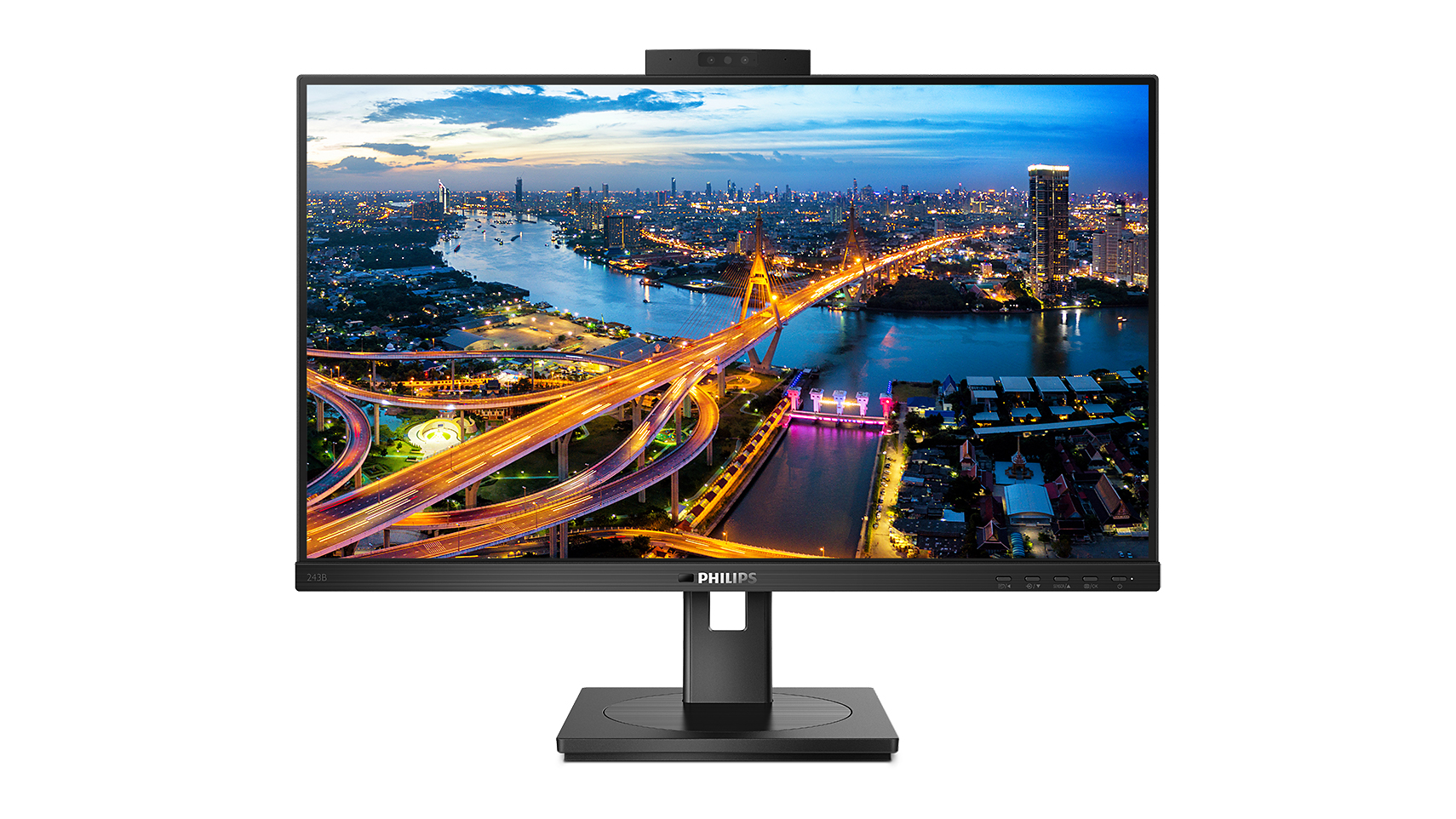

Specifications
Reasons to buy
Reasons to avoid
If you're looking for something simple to set up, straightforward to use, with useful connectivity, reasonably compact, and not too draining on your bank account, this Philips is an excellent option.
It's not up there with the big hitters in this guide for image quality and brightness – in this company, Full HD resolution and 250 nits of brightness put it behind the best displays here – but you're getting a good quality IPS panel with strong colours, plenty of connectivity, and even a built-in webcam that pops out of the top that's pretty good quality.
If your idea for buying a monitor is that you want something just as space-saving as the Mac mini, it's ideal – and has the full range of ergonomic adjustments, still. Check out our full Philips 243B1JH review here.
Best superwide
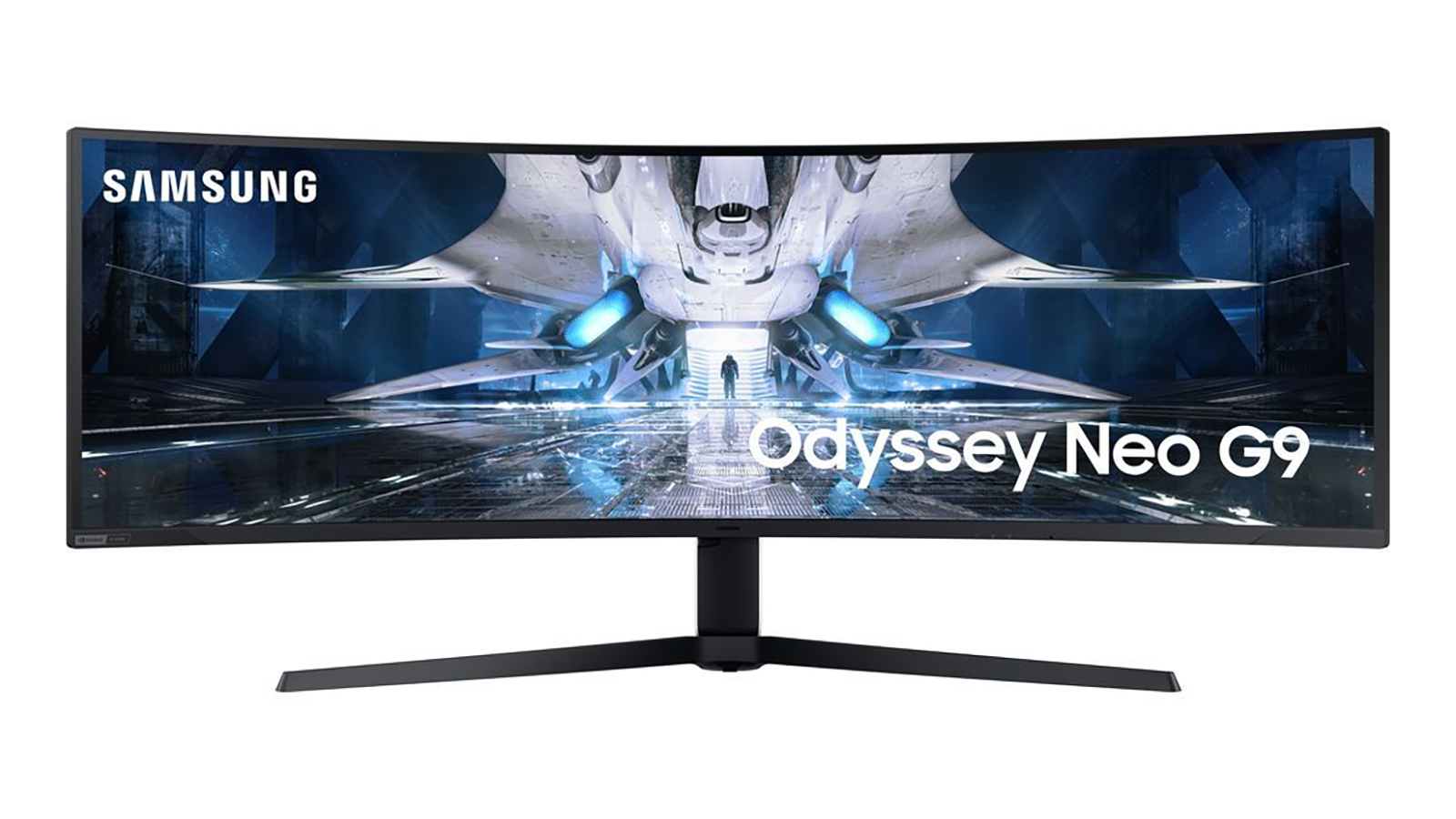

8. Samsung Odyssey Neo G9
Specifications
Reasons to buy
Reasons to avoid
The Samsung Odyssey Neo G9 is one of the best gaming monitors ever made, and that wider-than-wide 49-inch display offers an astonishing amount of room for your apps. The downside to a massive screen is that it needs a massive amount of space too, and the price tag is hardly tiny either.
But you do get a lot of display for your money, and not just in terms of dimensions. It delivers levels of brightness to rival a high-end TV, has a 1ms response rate and looks spectacular no matter what you throw at it: movies, games, photos… they're all rendered in spectacular fashion.
The downsides are that you'll need an M1 Mac mini to power its resolution or a recent Intel-powered Mac mini running Big Sur or later. And the lack of support for HDR or very high refresh rates in Macs means you're not making the most of everything this screen can do unless you're also connecting a gaming device of some kind. And it's important to note that while this is a high resolution display, it isn't a hugely dense display: it's 108ppi compared to around 163ppi for a 27-inch 4K monitor.
How to choose
When you’re buying a monitor for your Mac mini, the first consideration is of course price: there’s no point looking at superwide monitors if you only have a few hundred pounds to spend. But price isn’t the only consideration. The most important thing is the monitor’s suitability for what you’re actually going to use it for.
As much as we love 4K, unless you’re buying a really big display you probably don’t need it for everyday computing: our 4K monitor isn’t running at full resolution because it makes everything so small we can barely see it.
That said, if you’re doing creative work such as image editing or watching and editing high resolution video, the higher the resolution the more detail you’ll see. HDR becomes important here too: you don’t need it if you’re doing spreadsheets in Numbers, but it makes gaming and movies even more immersive.
If you’re thinking about using your Mac mini with a lot of accessories, its lack of ports might be an issue. Some of the monitors here solve that problem by including USB hubs, so when you connect the monitor to one of your Mac mini’s USB-C ports you can then connect other devices to the ports on your monitor.
Alternatively, you could keep both of your USB-C ports free by using the HDMI 2.0 output on your Mac instead – but if you’re a gamer or film fan, it’s important to know that the HDMI 2.0 output doesn’t support FreeSync or Dolby Vision. Gamers will also want to consider refresh rate and latency (response time between inputs and movement on screen) when on the hunt.
Reviewer panel

Here at T3.com I handle our testing of the best TVs, best monitors and Apple products, so ensure we use the best freelance journalists in the game to find the perfect Mac Mini monitor best-matches available, which are featured in this very buying guide.
Get all the latest news, reviews, deals and buying guides on gorgeous tech, home and active products from the T3 experts
Writer, musician and broadcaster Carrie Marshall has been covering technology since 1998 and is particularly interested in how tech can help us live our best lives. Her CV is a who’s who of magazines, newspapers, websites and radio programmes ranging from T3, Techradar and MacFormat to the BBC, Sunday Post and People’s Friend. Carrie has written more than a dozen books, ghost-wrote two more and co-wrote seven more books and a Radio 2 documentary series; her memoir, Carrie Kills A Man, was shortlisted for the British Book Awards. When she’s not scribbling, Carrie is the singer in Glaswegian rock band Unquiet Mind (unquietmindmusic).
- Andy SansomFormer Staff Writer, Tech
